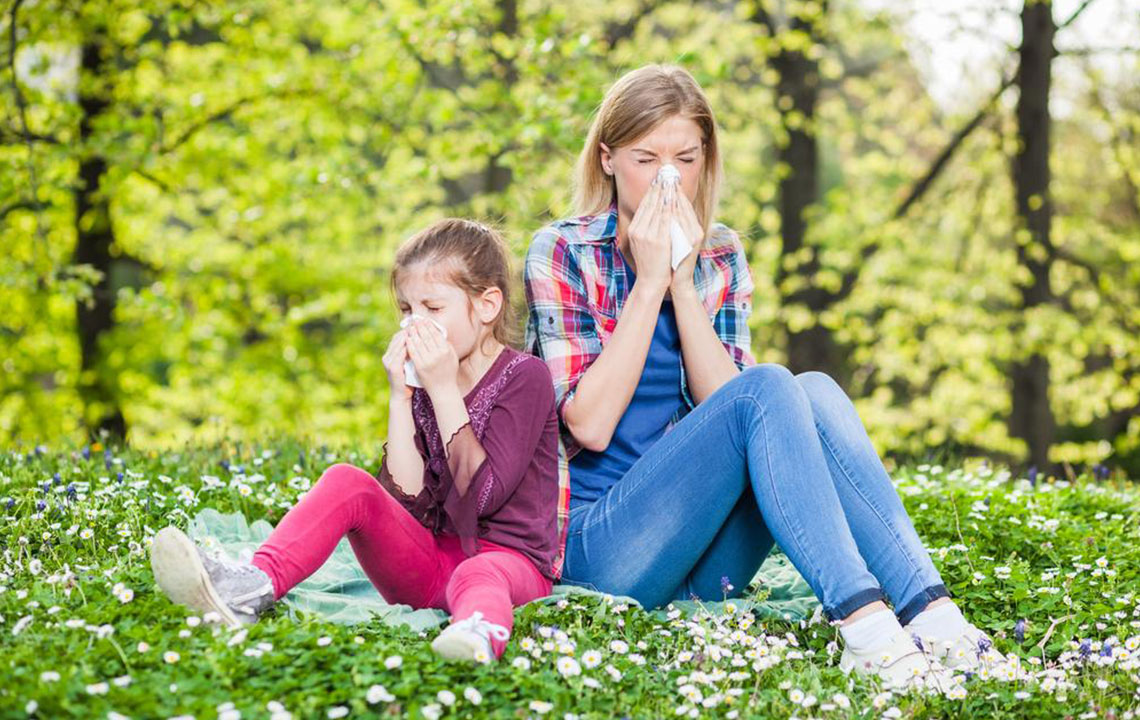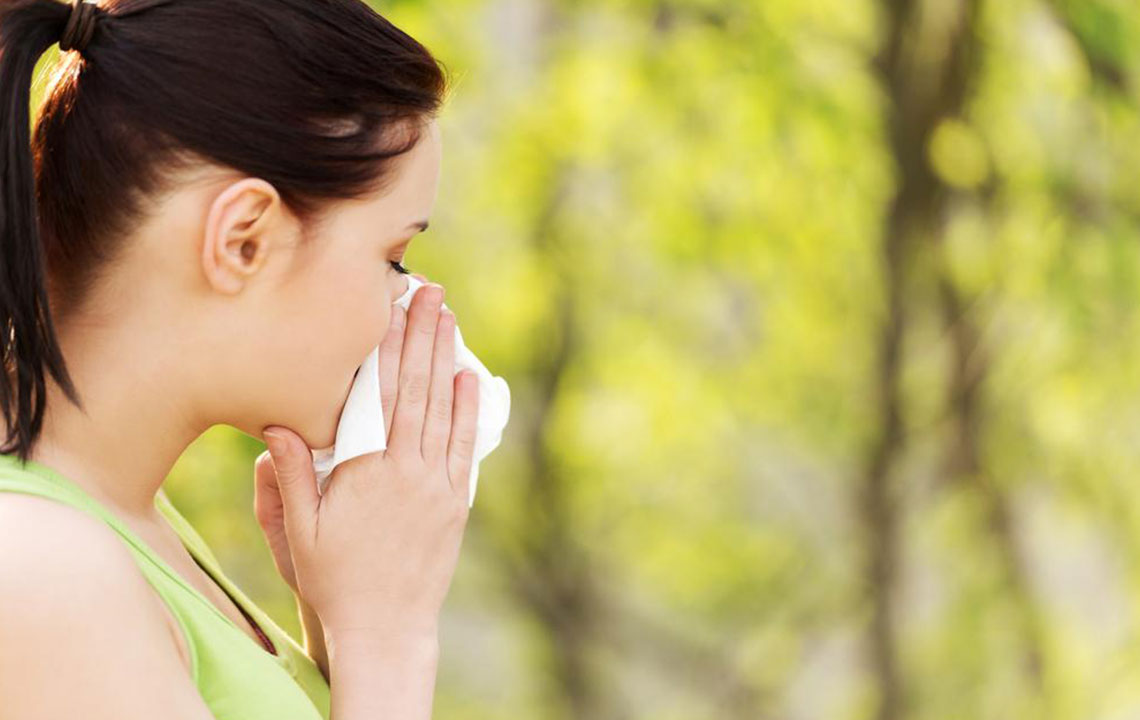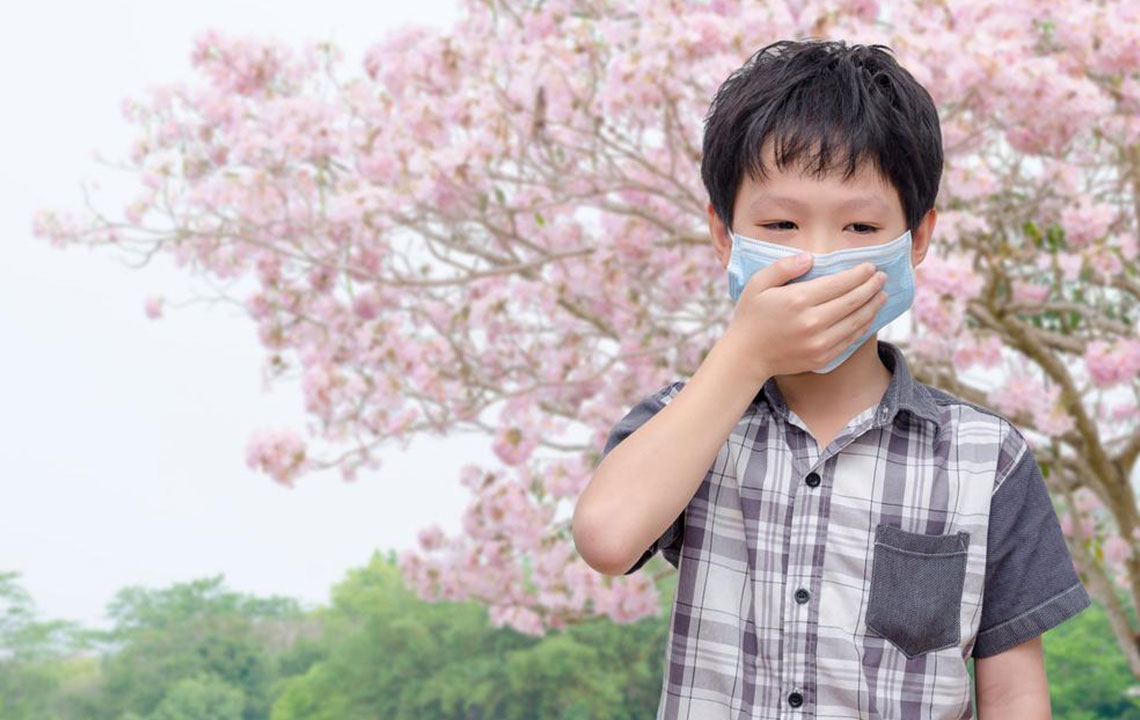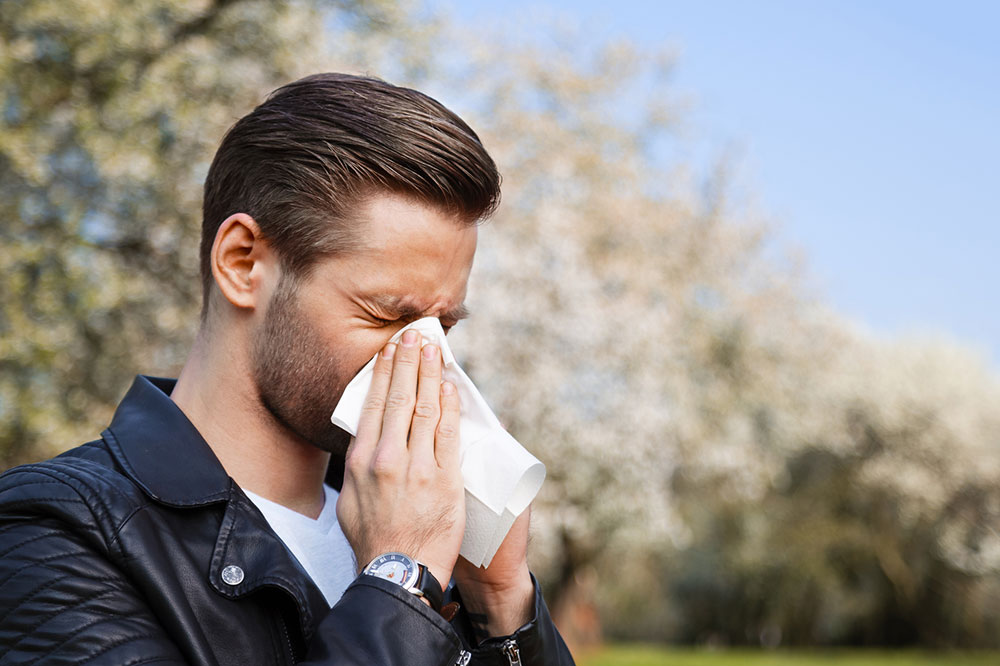A Complete Guide to Pollen Levels and Allergy Prevention
Learn about pollen levels, their impact on allergy sufferers, and practical tips to manage hay fever. Discover how pollen count forecasts help plan outdoor activities and minimize allergy symptoms during peak seasons for better allergy management.
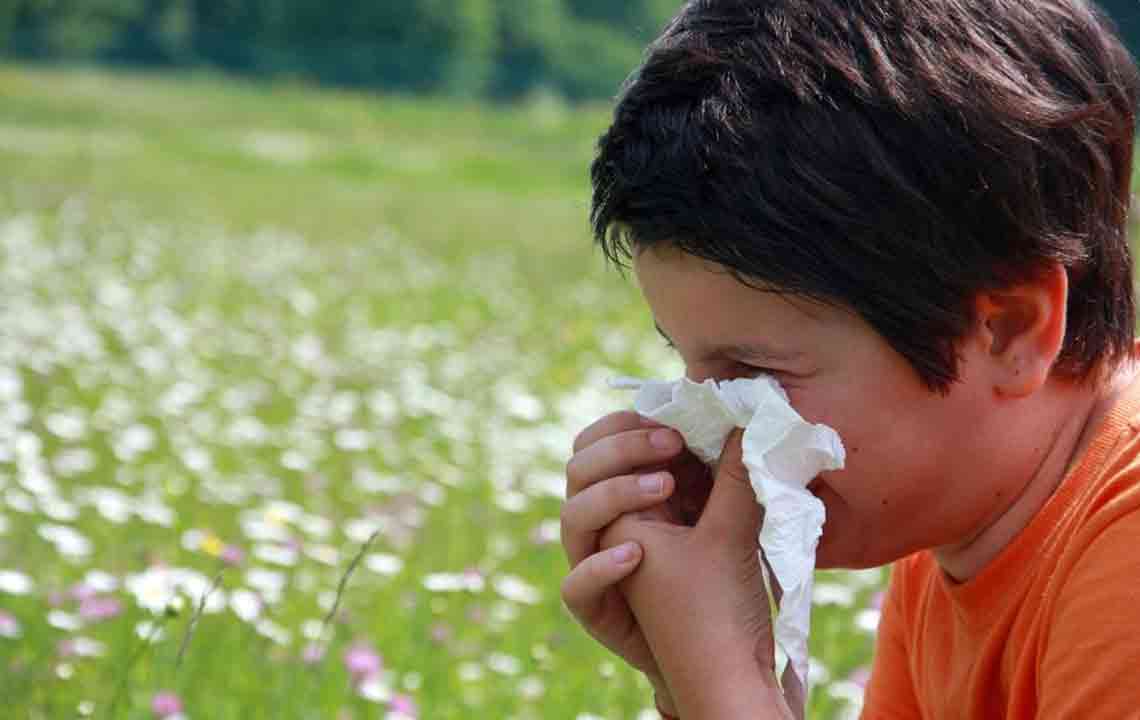
A Complete Guide to Pollen Levels and Allergy Prevention
As flowers bloom and birds sing, spring signifies warmer weather ahead. However, for many, it also marks the start of allergy season, especially hay fever, known as seasonal allergic rhinitis. Symptoms like a runny nose, itchy eyes, sinus infections, and sleep disturbances can significantly impact daily life.
Spring nasal allergies are mainly triggered by tree pollen, which starts dispersing during late winter and early spring. These tiny particles are released into the air, sometimes traveling miles, worsening allergy symptoms, particularly if trees are nearby. Being aware of pollen levels can help manage these reactions effectively.
On windy, dry days, pollen is easily carried through the air from trees. If you live close to vegetation, your allergy symptoms may intensify during pollen season. Monitoring the composition of pollen in the air helps in preparing for allergy flare-ups.
Understanding Pollen Concentration
Pollen count measures the number of pollen grains in a specific volume of air, typically per cubic meter. This count indicates how much pollen is present in a given area over a set period.
This measurement is often done using a rotating rod that collects particles, which are then examined under a microscope. Pollen, the male reproductive component of plants, is dispersed by wind, insects, water, and animals. For allergy sufferers, even a count of 15-20 grains per cubic meter can trigger symptoms, though a level of 50 or below is generally considered low.
Why Pollen Count Matters
Individuals with pollen allergies know the frustration of sneezing, nasal congestion, and watery eyes. Monitoring pollen levels is essential for managing hay fever symptoms. In the UK, grass pollen is predominant from May to August, with levels fluctuating based on weather conditions across regions.
Forecasting Pollen Levels
Air samples are collected from various locations at high altitudes to gauge pollen presence. These samples enable the prediction of next-day pollen concentrations, assisting allergy sufferers in planning their daily activities.
Pollen Forecast & Levels
Pollen forecast categories include low, moderate, high, or very high. Symptoms typically appear at moderate levels. A low forecast indicates fewer than 30 grains per cubic meter, moderate ranges from 30-49, high spans 50-149, and very high can exceed 150 grains. Numeric forecasts (1-3) suggest low risk, while numbers between 8-10 indicate a high likelihood of allergy symptoms.
Managing Pollen Allergies
To reduce allergy symptoms from trees, allergy testing can identify specific pollen sources. The best approach is minimizing outdoor exposure during peak pollen times, wearing masks, and keeping indoor environments pollen-free through regular cleaning and personal hygiene. Checking the daily pollen forecast helps plan outdoor activities, and medications or immunotherapy can provide relief. Although forecasts don't alter pollen levels, awareness allows allergy sufferers to prepare and avoid severe reactions.

